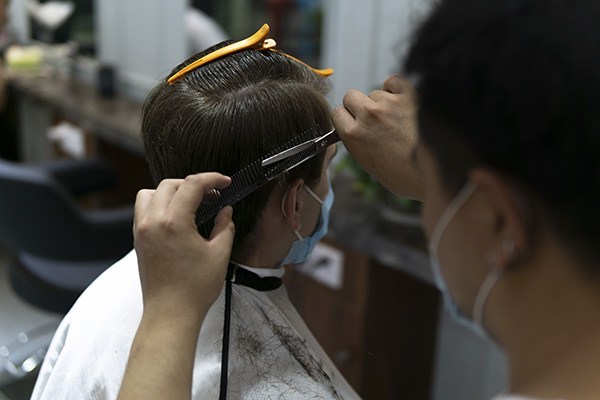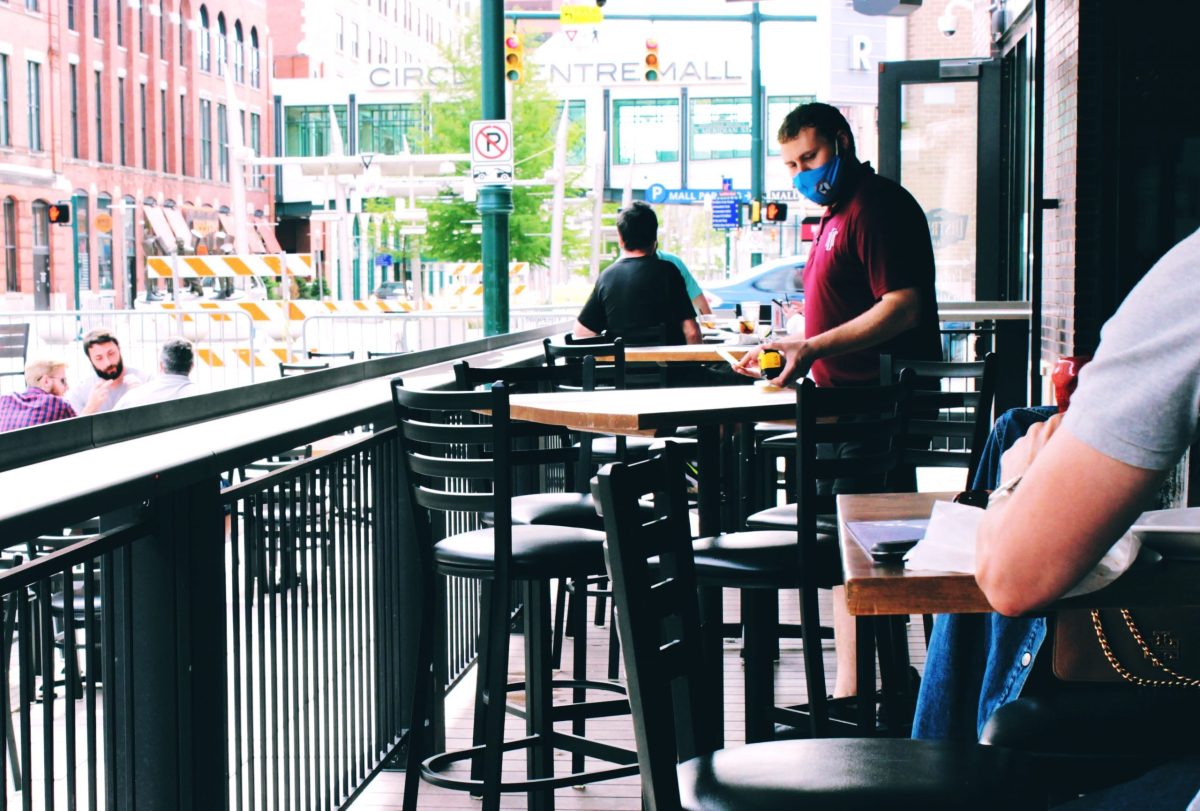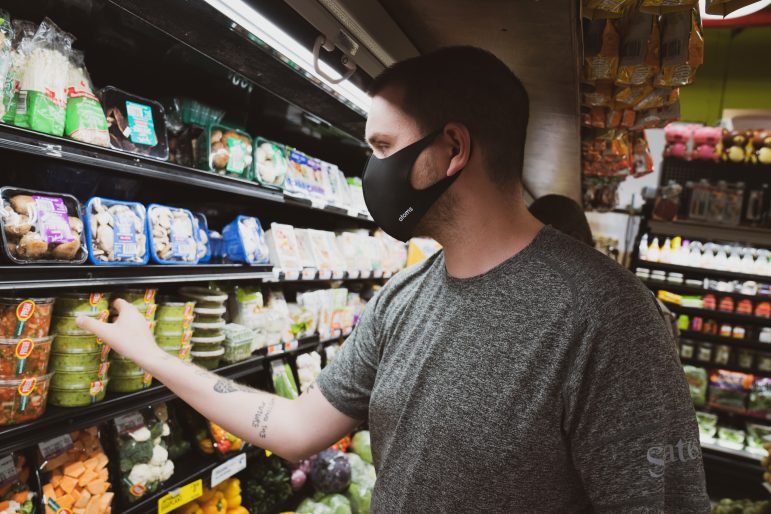About two-thirds of California workers will be within arm’s length of their colleagues and customers when the economy reopens fully after the pandemic, University of California at Berkeley researchers discovered.
The results released Monday by the UC Berkeley Labor Center provide some idea of the risk of infection from COVID-19 those workers will face. Research published by the European Centre for Disease Prevention and Control suggests that workers nearer to those they serve have a higher risk of being infected by the virus.
UC Berkeley researchers Kuochih Huang, Tom Lindman, Annette Bernhardt and Sarah Thomason, the authors of the labor center study, said lives are at stake.
“The workplace is an important site for transmission,” said Huang, the study’s lead author.
The study shows that the risk of transmission varies by demographics including gender, race/ethnicity and income.
Proximity is different for people of color, women and low-wage workers, Thomason said. “There are real differences there,” she said.

Women of all races/ethnicities are more likely than men to work in jobs where they are nearly touching their colleagues and customers.
Black and Latino workers are less likely than white and Asian workers to work at a distance greater than arm’s length.
Low-wage workers are more likely to work within arm’s length of their customers and co-workers.
About one-third of workers are typically able to work beyond arm’s length from their colleagues and customers.
The researchers also found that proximity varies by occupation, with teachers and health care and personal care workers working closest to the people they serve and collaborate with.
Salespeople, social service providers, production and transportation workers are about arm’s length from others, while workers in many professional and some manual jobs can work beyond arm’s length from colleagues and customers.
Huang said a vaccine will not offset the potential impacts that workers face because those impacts have already been made and may be long-term.
Like the impacts from the Spanish Flu from early last century, he said the economic impact from the virus may be dramatic and not easily be offset.
A research paper by economist Thomas Garrett at the Federal Reserve Bank of St. Louis says children conceived during the time of the Spanish Flu may not have been able to acquire as much knowledge, experience and skills as others. That, Garrett reported, may have had a long-lasting effect on the economy.
Huang, like Thomason, said, “The damage is not evenly distributed in the population.”
Huang and his co-authors cautioned that the “actual exposure risk that workers face going forward will be determined by public health measures and by public policies ensuring that firms create safe and healthy workplaces for their employees.”
“An important part of the strategy to ensure the safety of California’s workers is to provide a central voice for workers in identifying unsafe practices and developing solutions” they said.
The full text of the study can be found at https://laborcenter.berkeley.edu/physical-proximity-to-others-in-californias-workplaces/#s-8.

